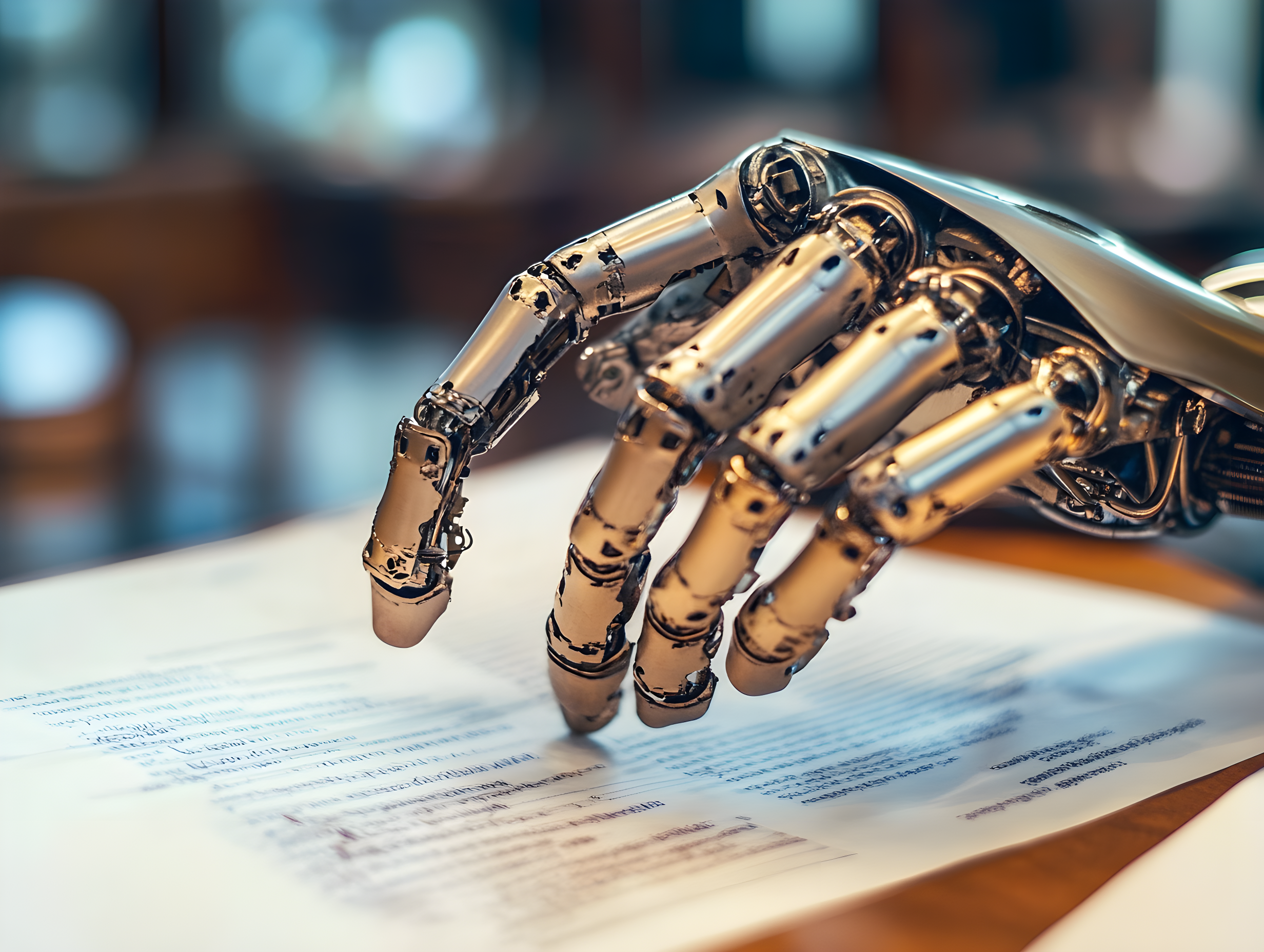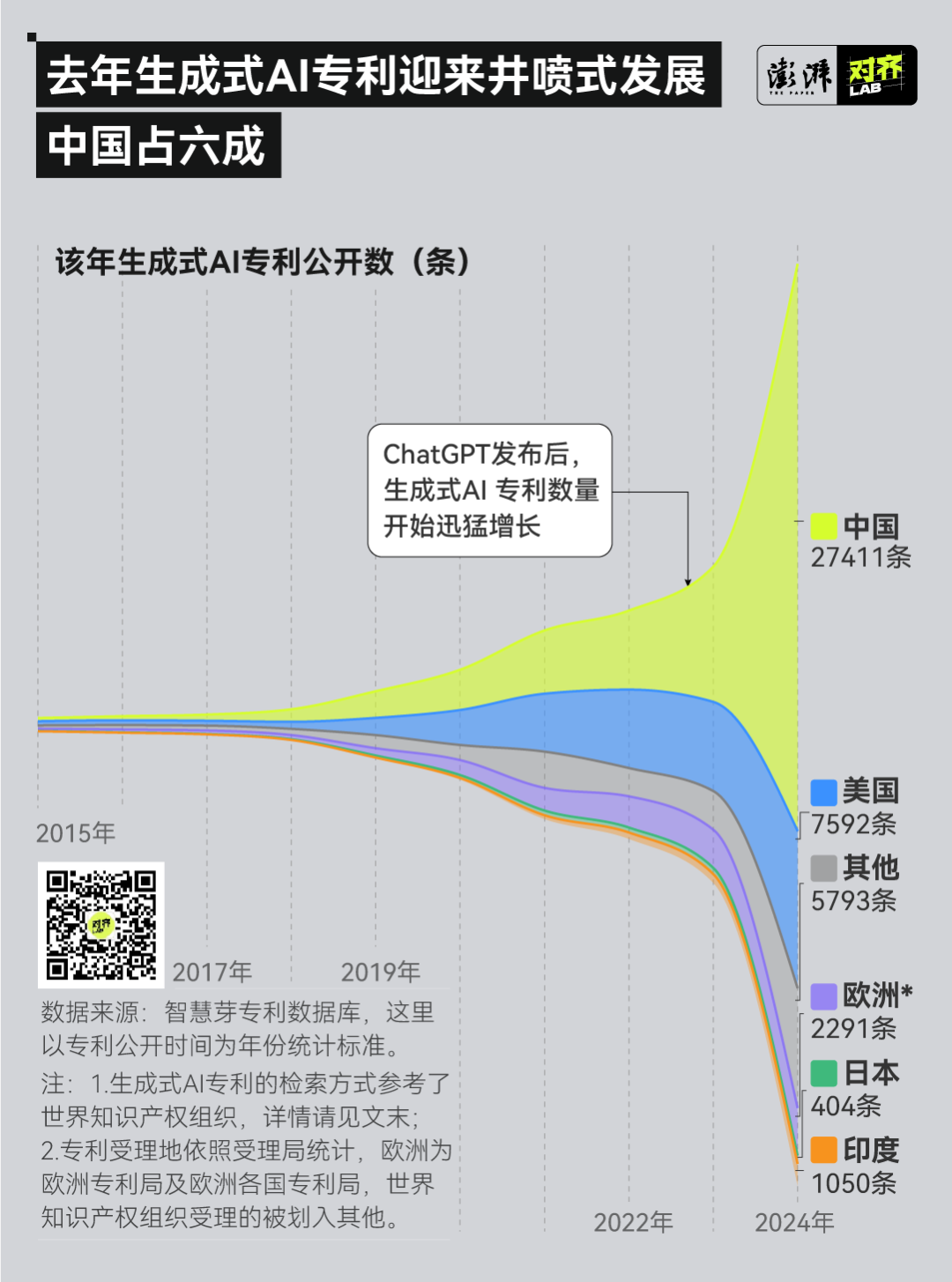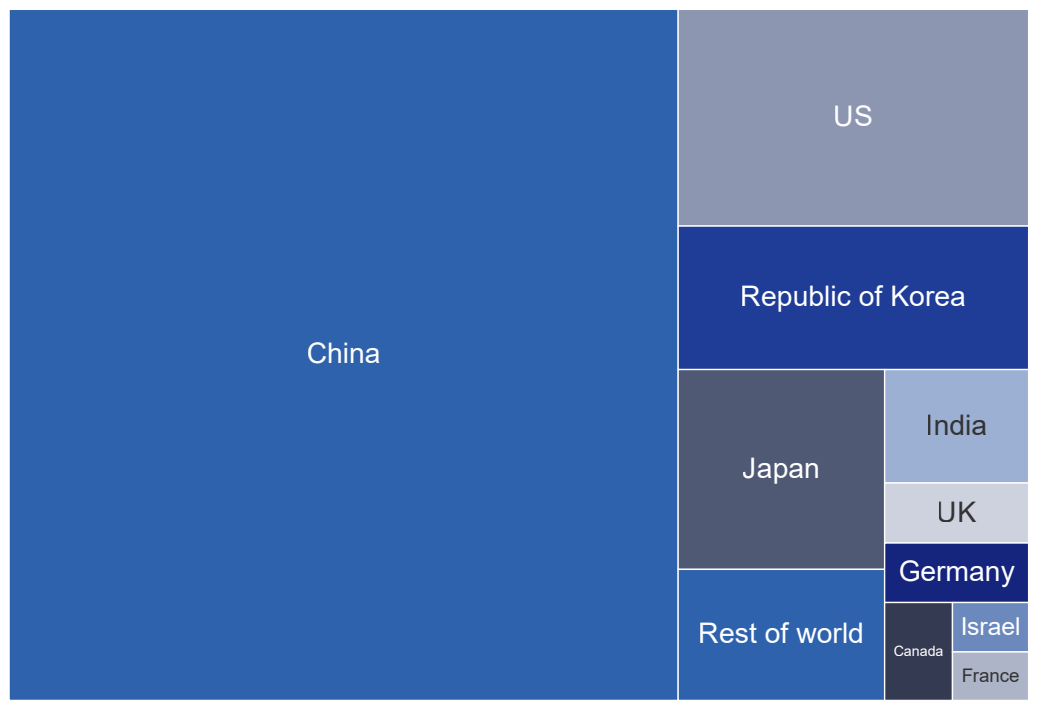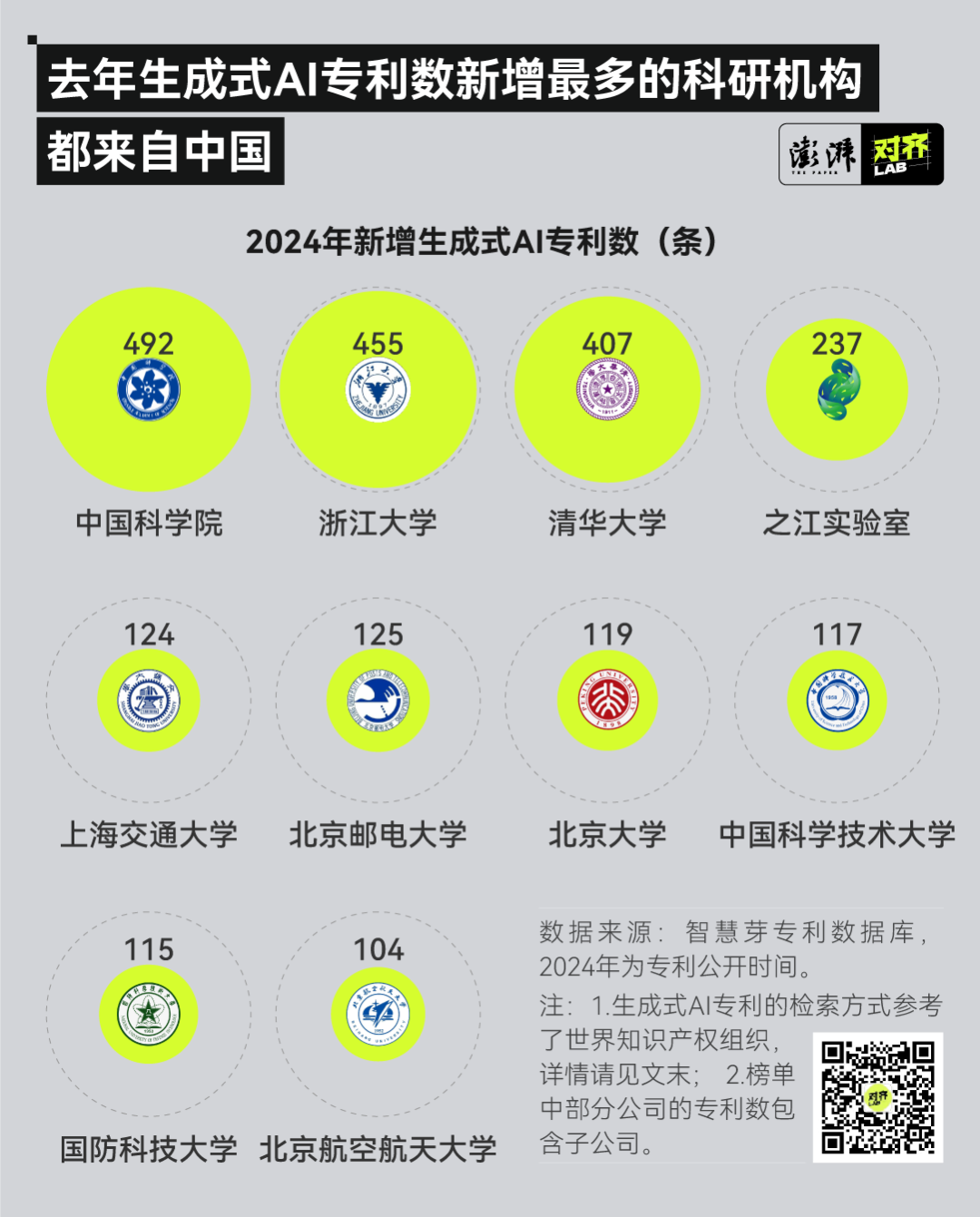Article source: Alignment Lab
 Image source: Generated by AI
Image source: Generated by AI
From February 10th to 11th local time, the Paris AI Action Summit, hosted by the French government and co-organized by the Indian government, attracted leaders from more than 100 countries around the world and corporate executives in the AI field to discuss the impact of artificial intelligence on global development.
Compared with the previous two AI summits held in the UK and South Korea respectively, the focus of this summit has clearly shifted from security and risk to the potential of AI development. “AI godmother” Li Feifei said in his opening speech at the summit: “Now is the real ‘first AI era'”; Google CEO Sandar Pichai even bluntly said: ” Now is the golden age of AI innovation, and the biggest risk is missing opportunities.”
As the host of this summit, France designated the theme of the summit as “practical actions”, which was also interpreted as Europe’s attempt to compete for development influence in the AI field. Before the summit, French President Macron said in an interview with the media: “We (Europe) must bridge the gap with China and the United States in the AI field.”
The Paper News attempts to present the current global AI competition landscape in a detailed manner by analyzing patent data of generative artificial intelligence (GenAI).
The number of generative AI patents will increase significantly in 2024
Although generative artificial intelligence is only one branch of artificial intelligence, the proportion of patents is not high-as of the end of 2024, the total number of global AI patents is close to 2.6 million, and the number of generative AI is more than 90,000, accounting for only 3.6%, but generative AI has become a prominent learning in the AI world because it can learn existing data to create new content, including text, images, music, etc.
The key node that drives this technology to attract attention is ChatGPT released by OpenAI in November 2022, which demonstrated the huge potential of generative artificial intelligence to the world. Since then, hundreds of large models have appeared in China alone, with Wensheng pictures, Wensheng videos and other products emerging one after another.
The Paper News is based on the generative AI patent search method released by the World Intellectual Property Organization (WIPO) in 2024 (see the end of the article for details). After searching the patent database, it was found that 45,000 new pieces of generative AI patent information were added around the world in 2024. This number is equivalent to the total of the past 10 years.

In addition, among the 45,000 newly disclosed generative AI patents in 2024, the number originated in China reached 27,000, accounting for 61.5%, ranking first, while the United States ranked second with 7592. Although Macron believes that “Europe is seriously lagging behind in today’s global AI competition and is no longer even in the ‘competition line’,” Europe was still the world’s third largest AI patent recipient last year.
It should be reminded that the place of acceptance does not fully represent the place of origin of the inventor. In fact, the company with the largest number of publicly disclosed generated AI patents in the European Patent Office in 2024 is South Korea’s Samsung (254), the second is Google in the United States (54), and the third is Huawei in China (51).
The World Intellectual Property Organization has counted the inventor sources of global generative AI patents from 2014 to 2023 based on the inventor addresses of patents. The top five are China, the United States, South Korea, Japan and India.

China has the most GenAI patents, followed by the United States, South Korea, Japan and India. Photo source: World Intellectual Property Organization,”Generative Artificial Intelligence”
Compared with the leading edge achieved by China and the United States in AI development, Europe is more radical in AI regulation. The world’s first regulation to comprehensively regulate artificial intelligence, the Artificial Intelligence Act, was launched by the European Union and will officially take effect on August 1, 2024.
Only half a year after the bill came into effect, the European Union intends to relax the development of artificial intelligence. Both Macron and senior EU officials said at this summit that the EU will simplify supervision of artificial intelligence technology development to help it thrive in the EU region.
“Europe is too centralized in areas such as regulation, which means that it has not established its due advantages in terms of diversity of views, capabilities, etc.” Neil Lawrence, a professor of machine learning at the University of Cambridge in the United Kingdom and a senior AI researcher at the Alan Turing Institute, told The Paper.
Who is keen to apply for generative AI patents?
Judging from the data of the companies with the most patent applications for generative artificial intelligence, we can more intuitively see the gap between Europe and China and the United States in the AI field that Macron is worried about.
According to The Paper News, in 2024, among the 20 companies with the largest number of generative AI patents, 11 are from China, including Tencent, Baidu, and China Mobile. There are 7 companies in the United States, and only 1 company in Europe is Siemens.

Business giants from China and the United States are all working hard on generative AI, which makes it understandable why Macron is worried that Europe can only play the role of a consumer of AI.
In addition to commercial institutions, the academic institutions that added the most generative AI patents in the past year also came from China. In 2024, China Academy of Sciences ranked first with 492 new generative artificial intelligence patents, followed by Zhejiang University and Tsinghua University.

However, some people have expressed doubts about the extent to which the number of patents reflects an institution’s innovative capabilities.
In this regard, Xia Weifeng, a lawyer working in the field of intellectual property, told The Paper News: “The number of patents is one of the important indicators to measure a company’s strength in the AI field, because the number of patents can directly reflect the company’s technological accumulation and R & D strength.” However, he also pointed out that in addition to the number of patents,”it is also necessary to evaluate multiple dimensions such as patent quality, commercialization capabilities, basic research, and ecological construction.” Xia Weifeng mentioned that the AI “Four Little Dragons”, once favored by capital, have a considerable number of overall AI patents, but they were once controversial due to their lack of ability to implement technology.
In addition, Xia Weifeng also mentioned that when he communicated with many AI company R & D personnel on the topic of artificial intelligence patents, he found that R & D personnel generally felt that AI technology iteration speed was getting faster and faster, and AI patent applications were becoming more and more voluminous. Some companies would plan to apply for a large number of patents and build their own AI technical barriers by accumulating AI patents.
Whether this model of forming technical barriers by applying for a large number of patents is good or bad, Xia Weifeng feels that it needs to be viewed dialectically: “Some of our customers are entrepreneurs newly entering the AI track and small and medium-sized enterprises engaged in AI technology innovation. The ‘patent jungle’ phenomenon has actually hindered their development, and the cost of innovation has become higher. I am very worried that the application of technology will be limited.” However, it is also necessary to see that “patent application and authorization provide China AI companies with broader market development space and promote technological transformation and industrial upgrading.”
“Open source” is not a free gift, and patents are not necessarily monopolies
In addition to the companies with the most patents on generative artificial intelligence, when sorting out the data, the reporter also found a very contrasting situation:
OpenAI, which launched ChatGPT, has only applied for 30 artificial intelligence patents so far, and all were submitted in 2024; while DeepSeek, which has also turned the AI community upside down, its team has only 27 AI-related patents, among which patents directly related to training large models such as “A Method for Constructing Artificial Intelligence Model Training Datasets” were also submitted in 2024.
However, the discussion about the two companies ‘patent applications is diametrically opposed: For OpenAI, many people are wondering why there are so few patents? Compared with competitor Google, it is really nothing; and for DeepSeek, more people want to ask, why does it apply for a patent?
This “double standard” attitude essentially stems from the battle between two technical routes represented by ChatGPT and DeepSeek:
ChatGPT focuses on “closed source”(software source code is not announced to the public). The World Intellectual Property Organization analyzed in the “Generative Artificial Intelligence Report” that the reason why OpenAI has so few patents is to avoid disclosing its own technology in a patent way. DeepSeek, on the other hand, promotes “open source”(software source code is open to the public), and training details will be announced as soon as the new model is released.
So many people will ask: Why does DeepSeek’s company apply for patents while sharing its technology for everyone to use for free? In this regard, Xia Weifeng said that if DeepSeek does not apply for a patent in time, similar technologies may be “plundered” by others and even threatened with litigation. Through patent confirmation, future disputes can be effectively reduced.
In Xia Weifeng’s view, there is no opposition between “open source” and “patent”:”In essence,’open source’ expands the ecosystem and patents protect core technologies.” The key depends on how companies design authorization terms to benefit more people while ensuring their own return on investment.
Perhaps as the open source route represented by DeepSeek is recognized, more teams will be encouraged to follow up and create more efficient, low-cost models. Patents for generative artificial intelligence will see exponential growth in the future.



